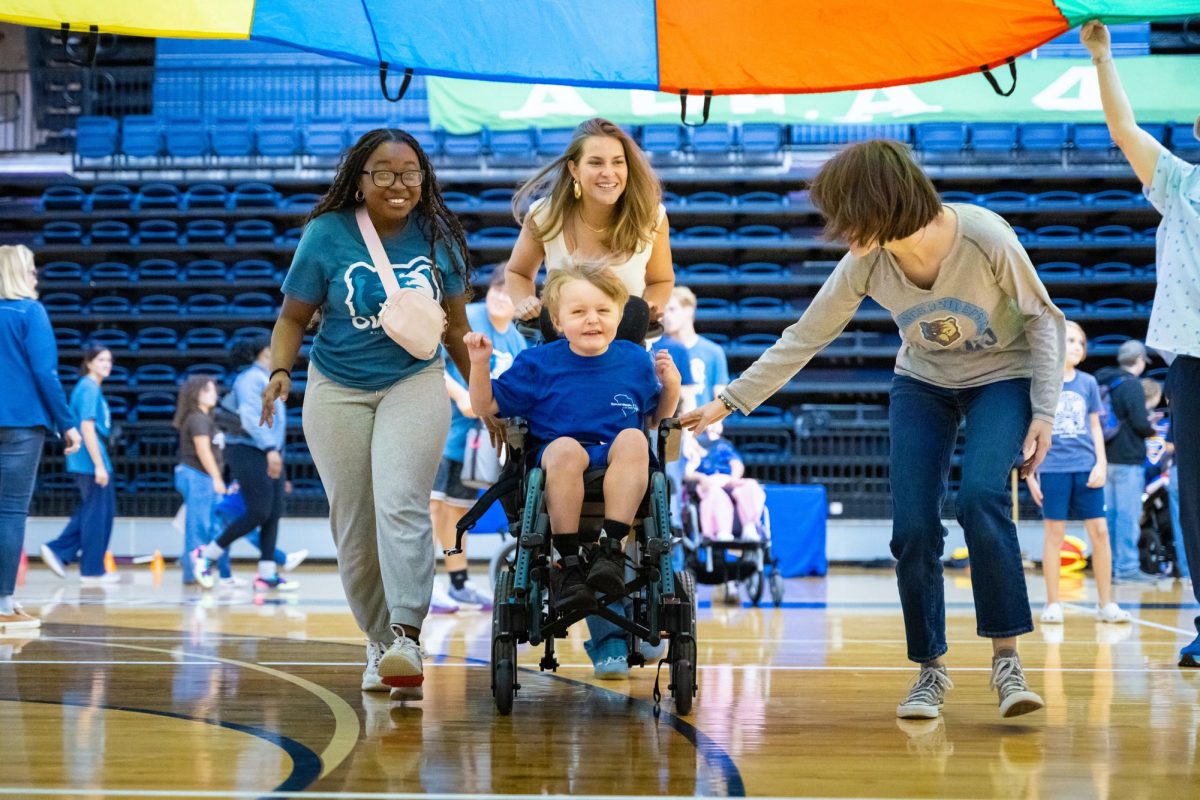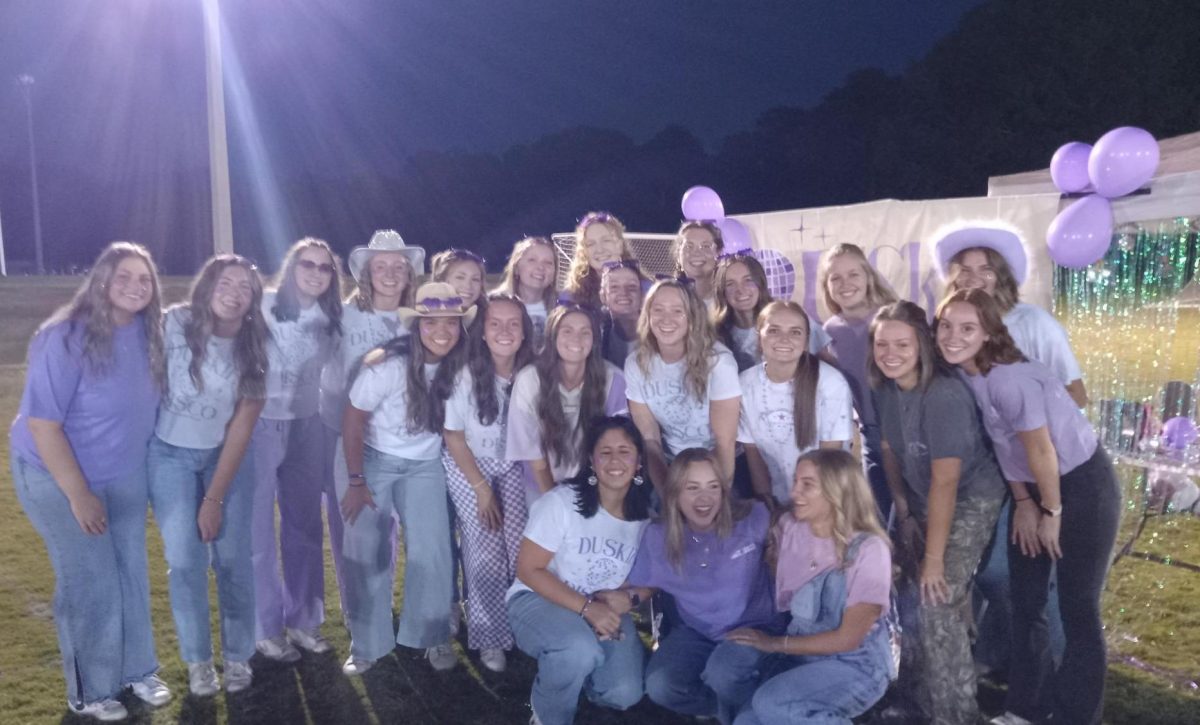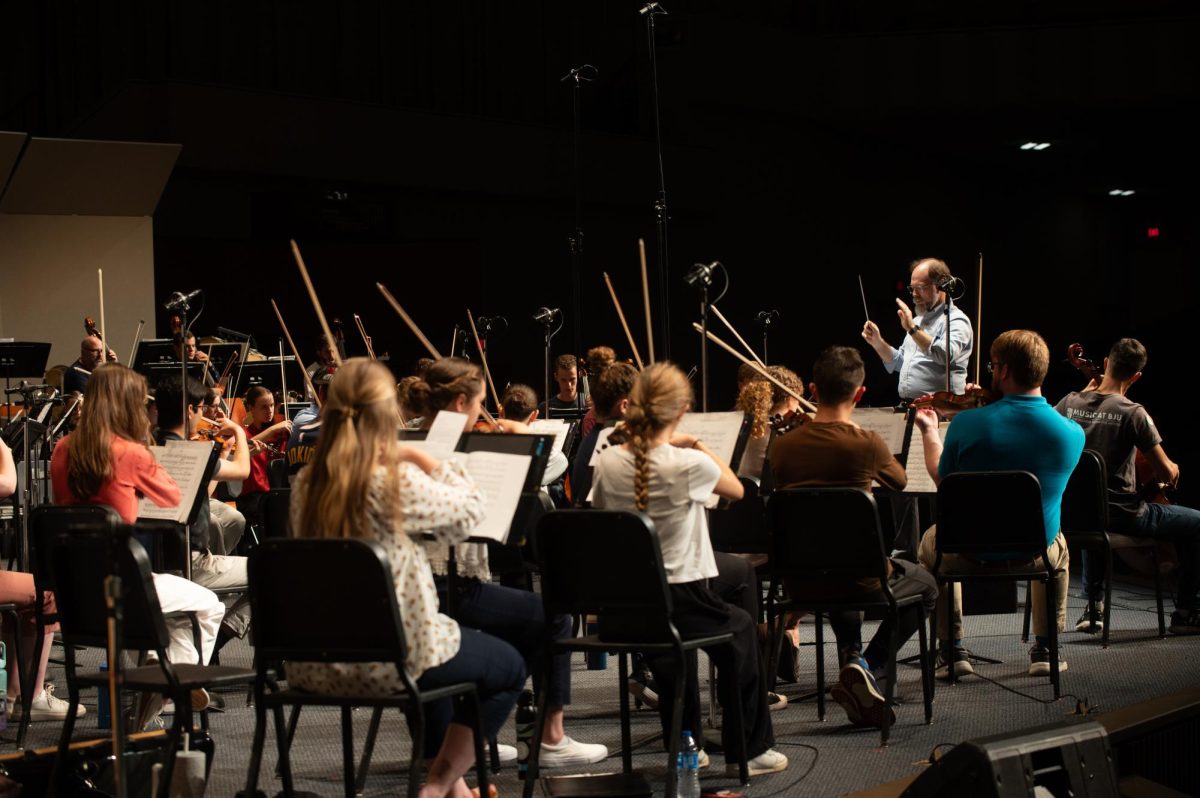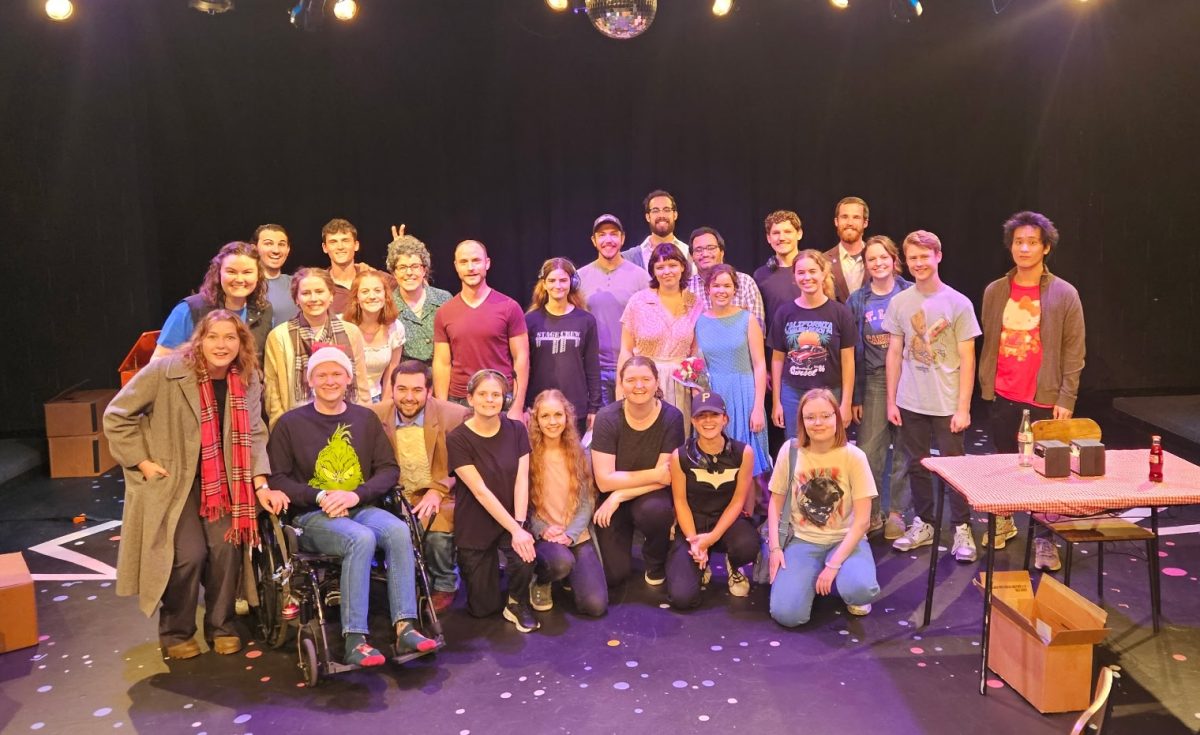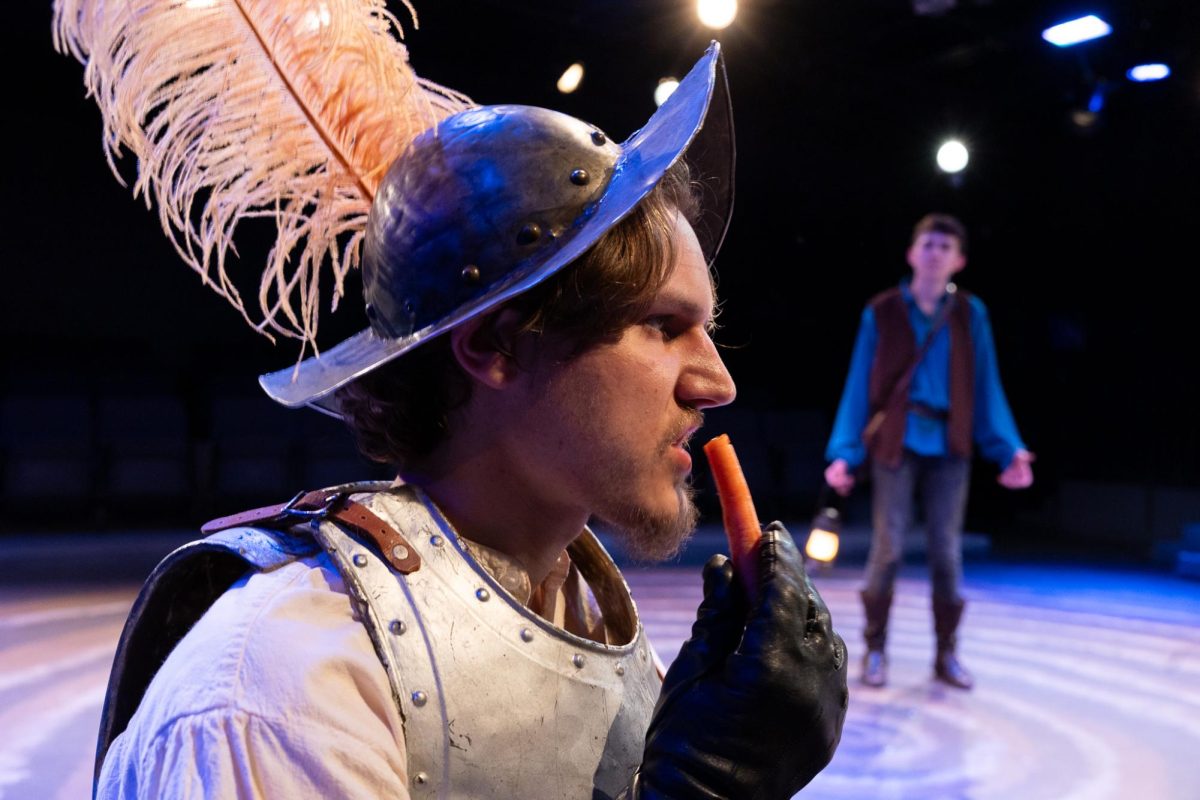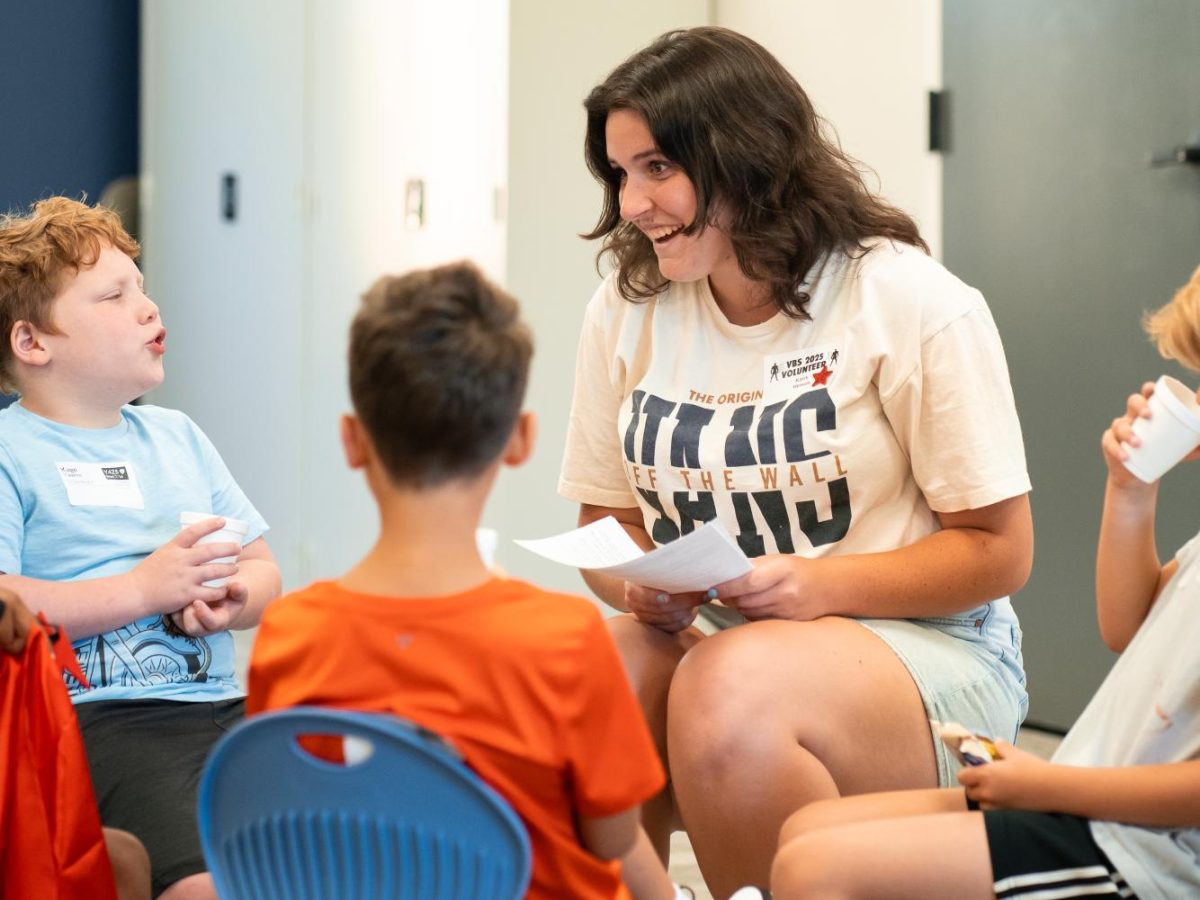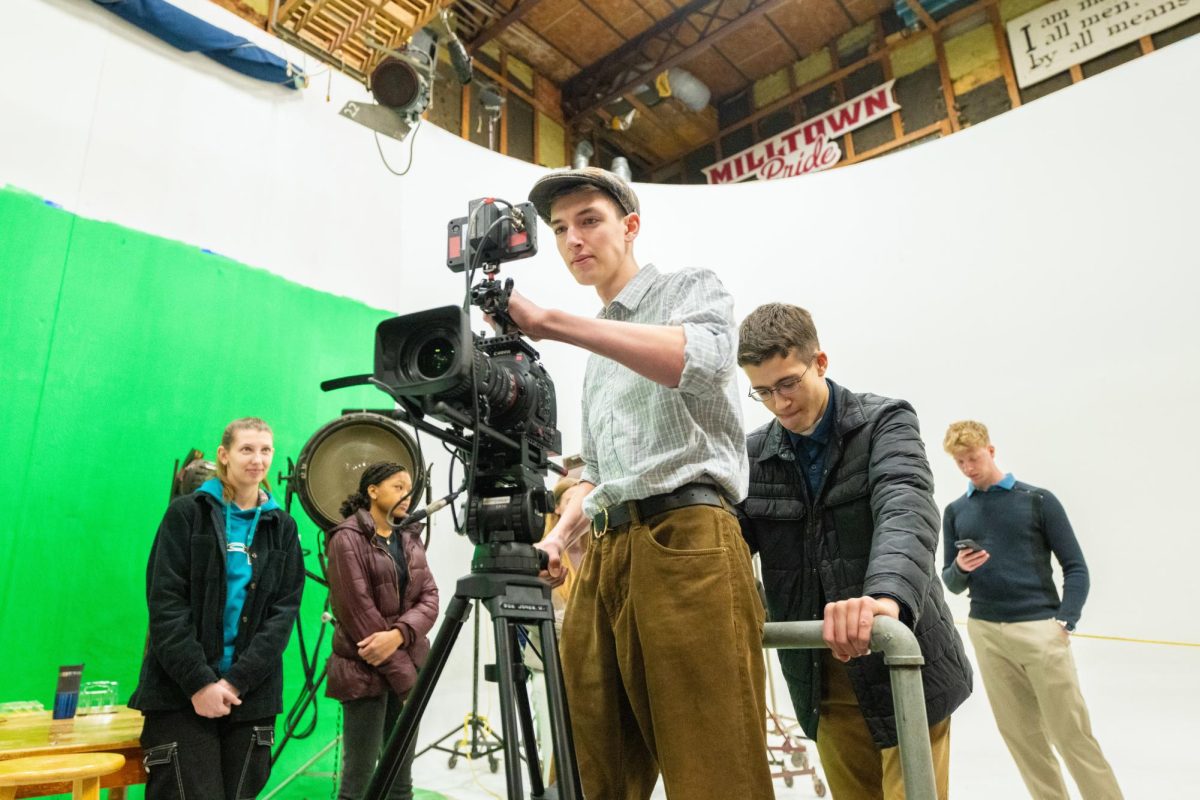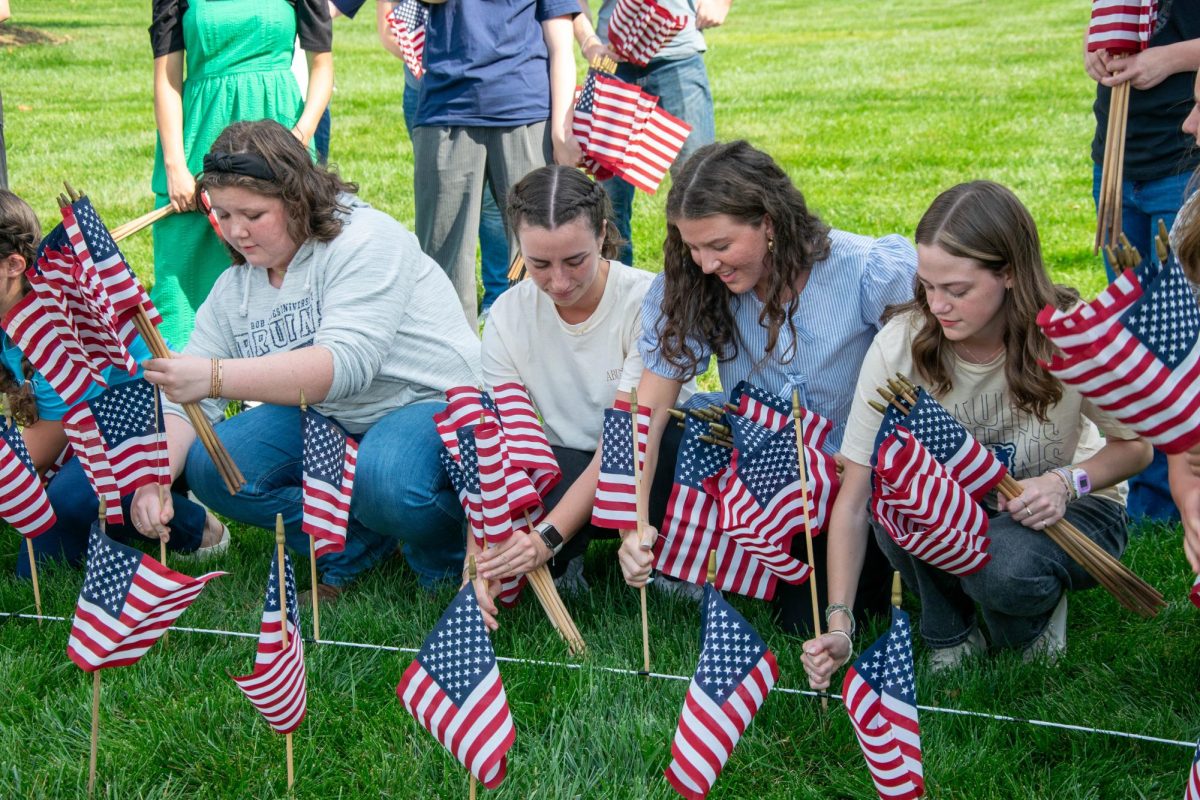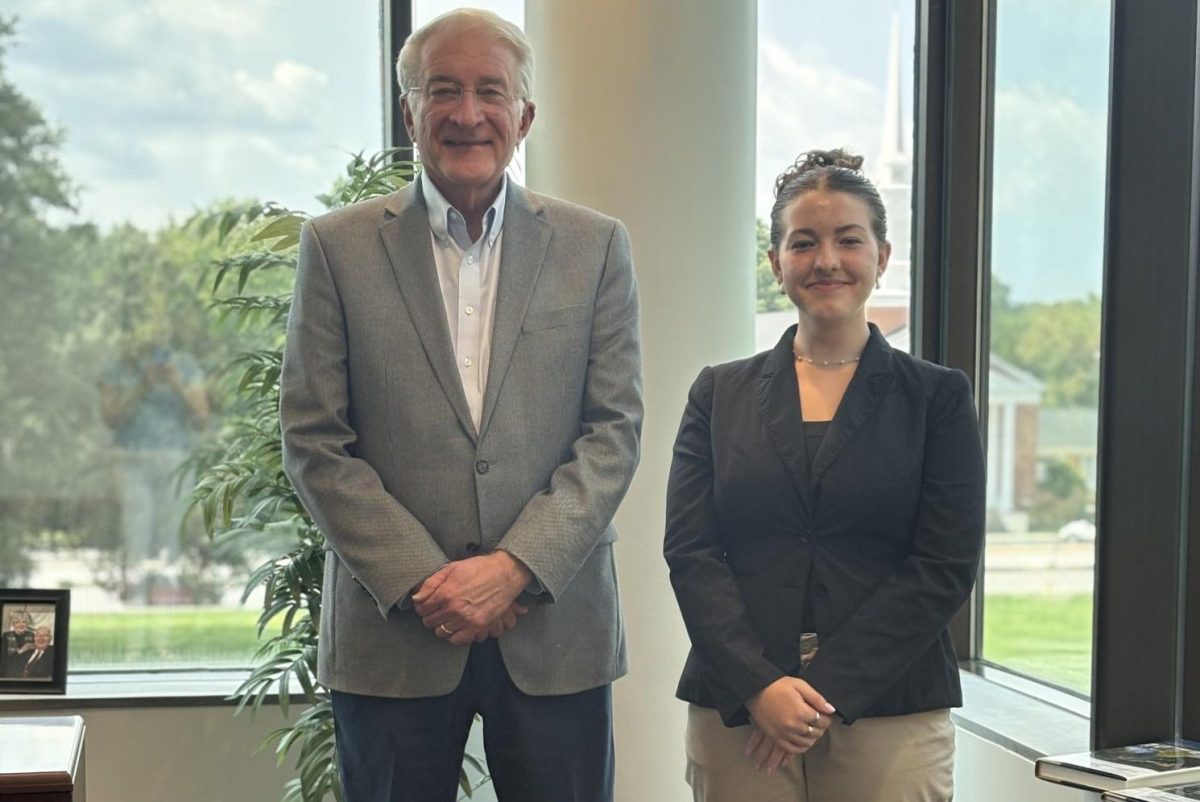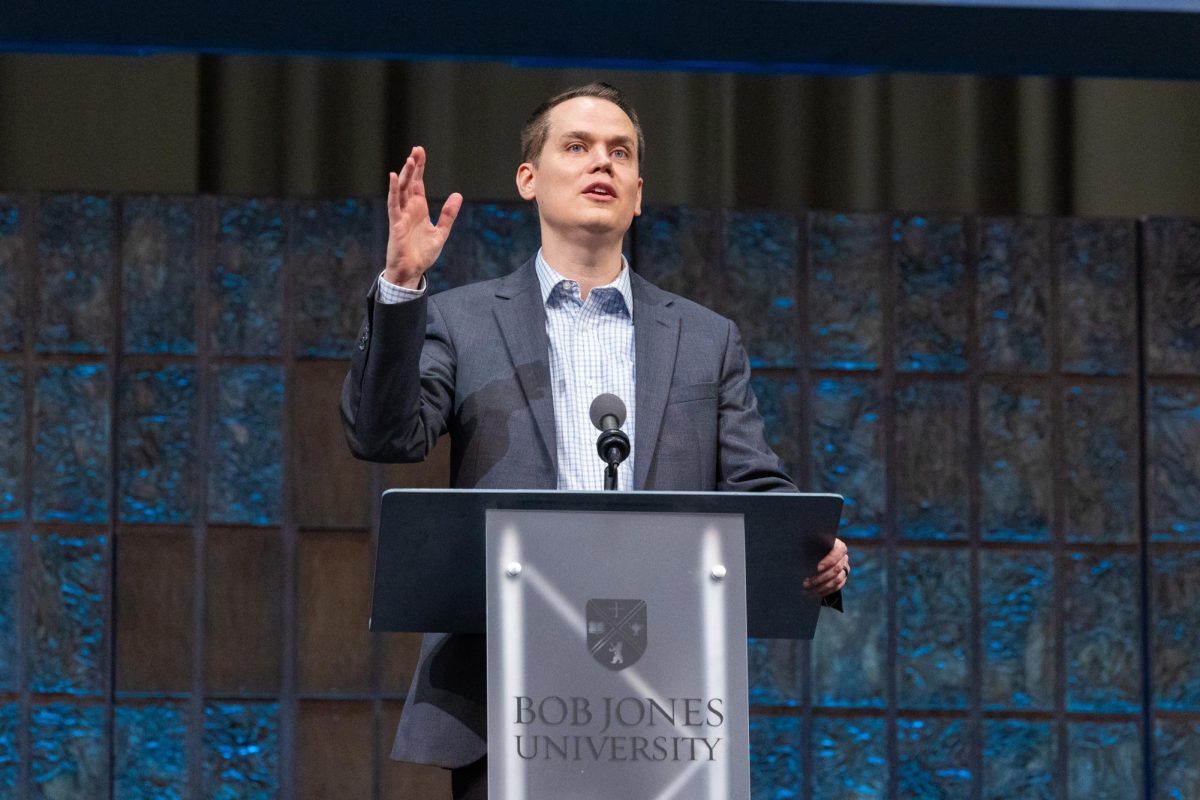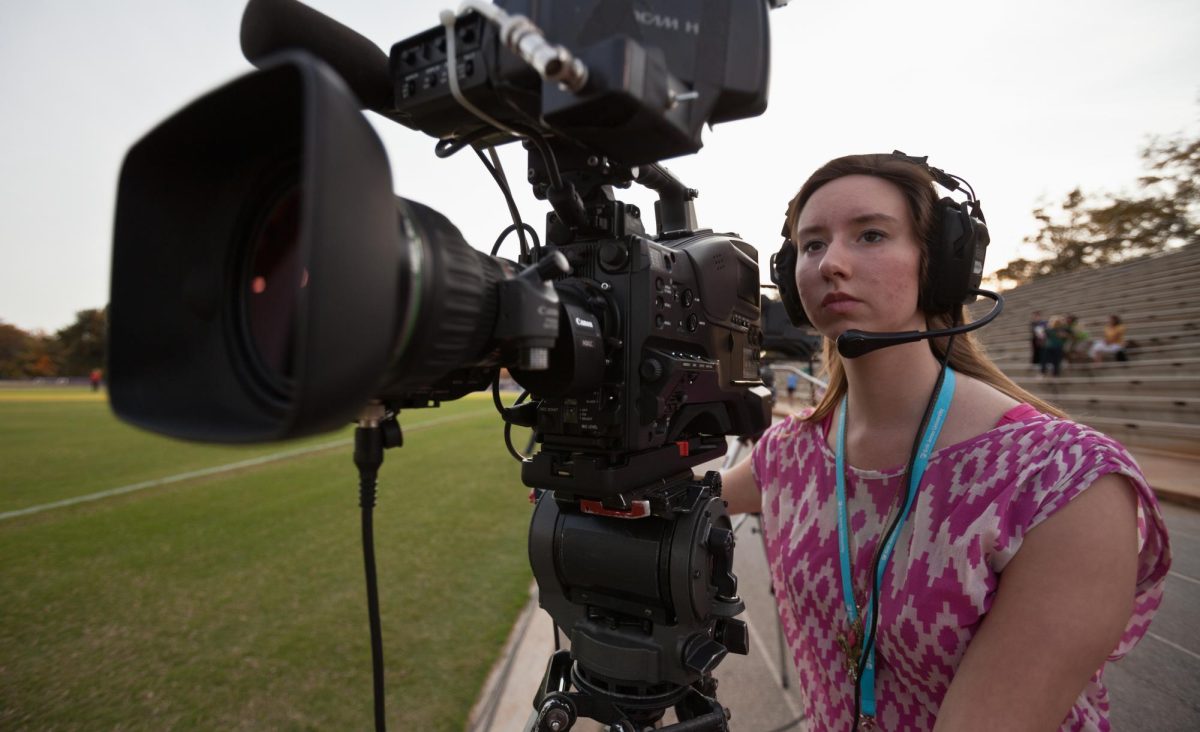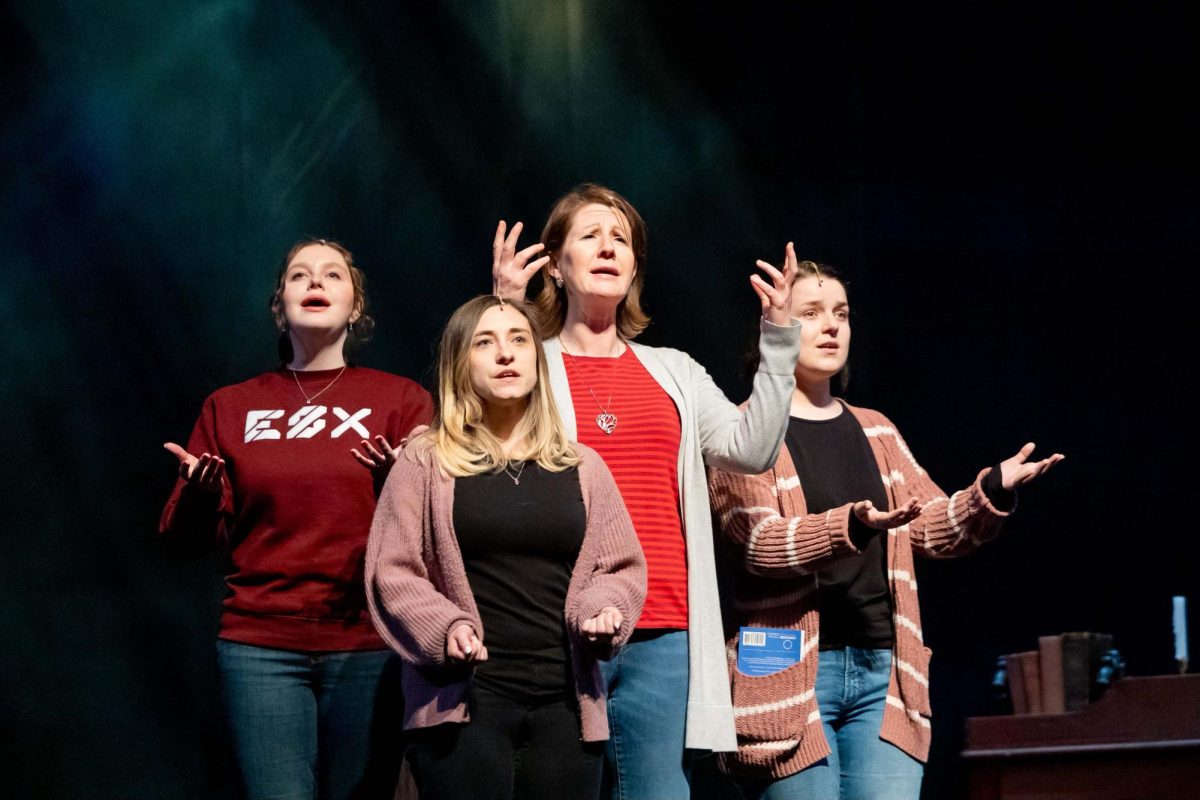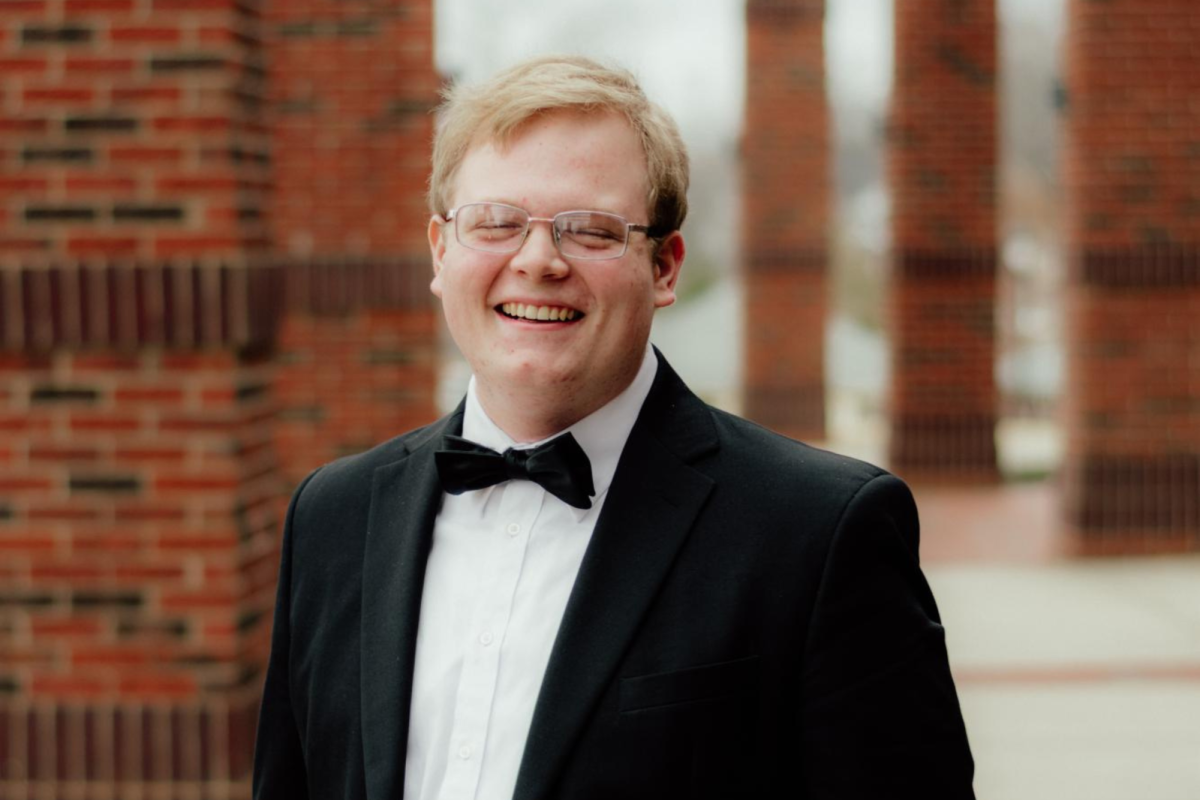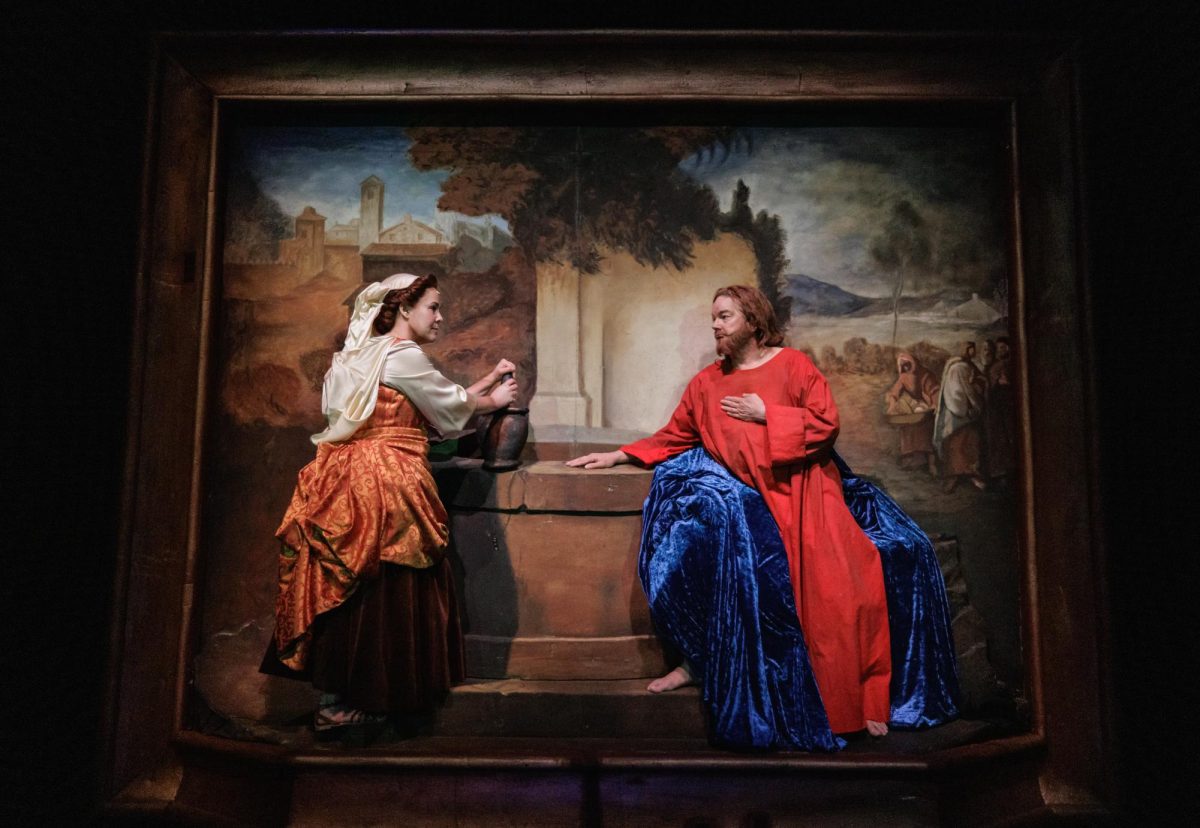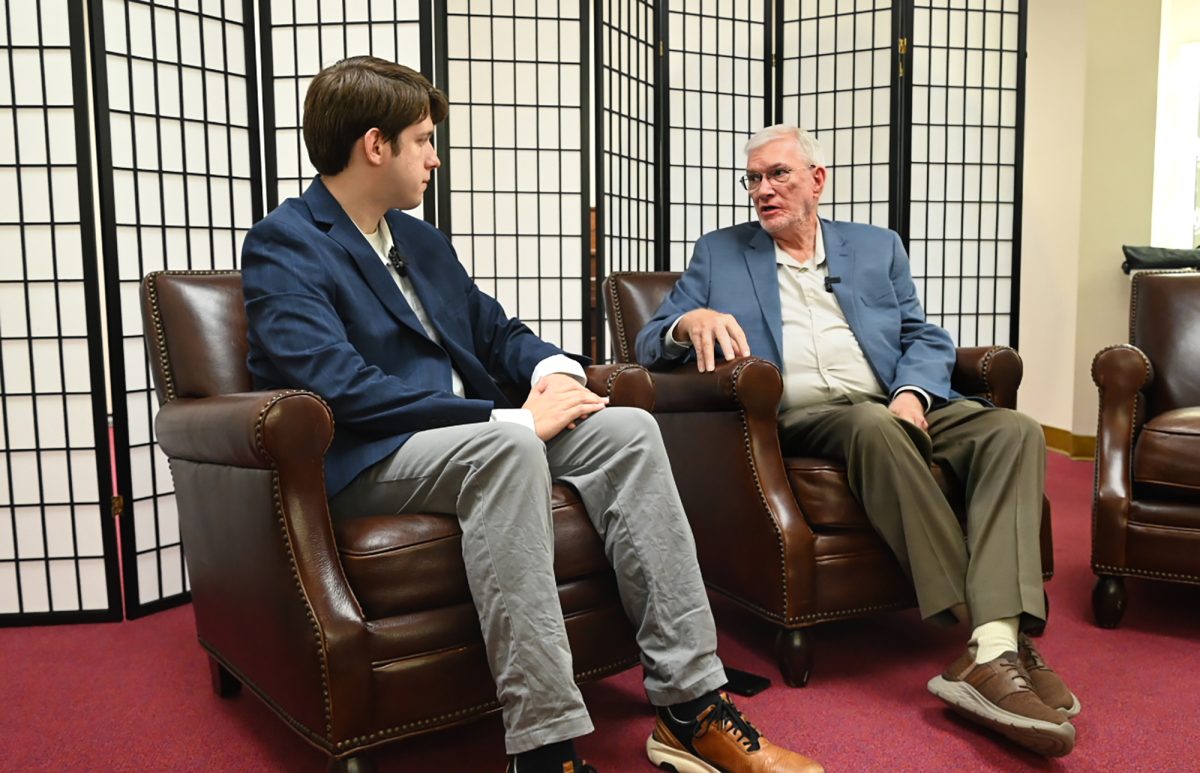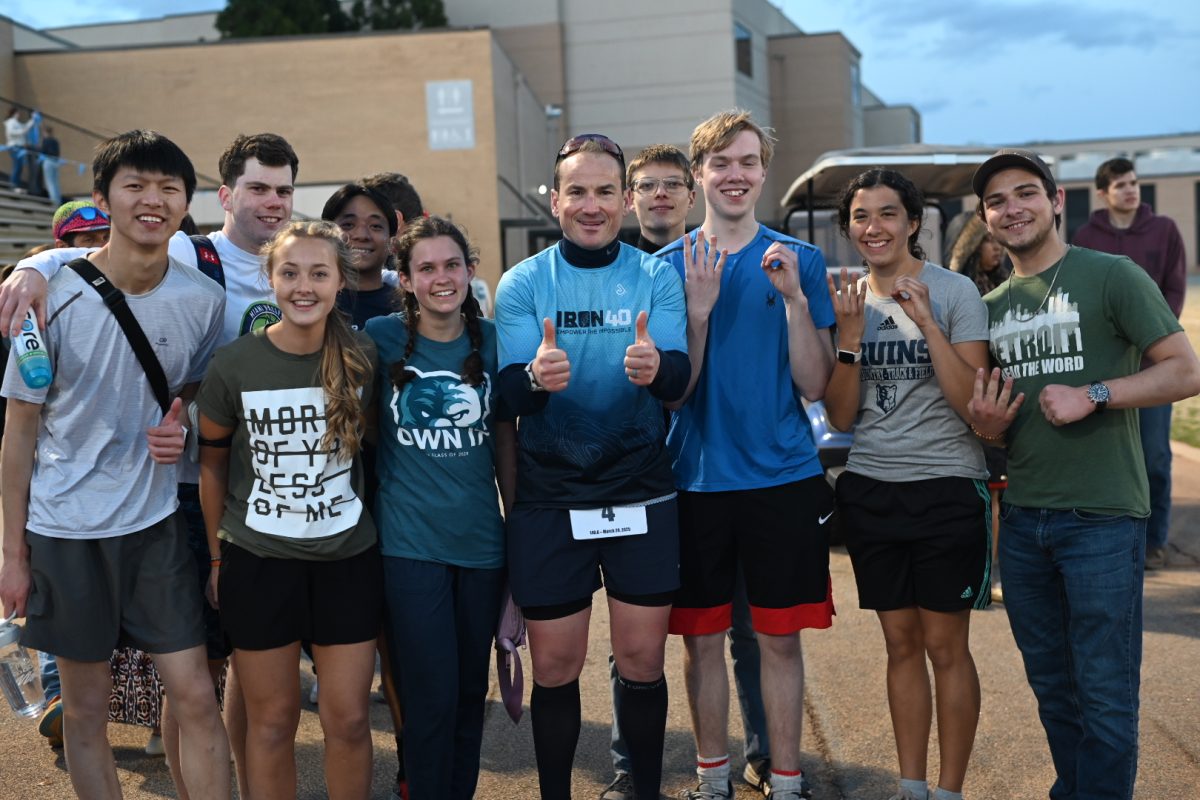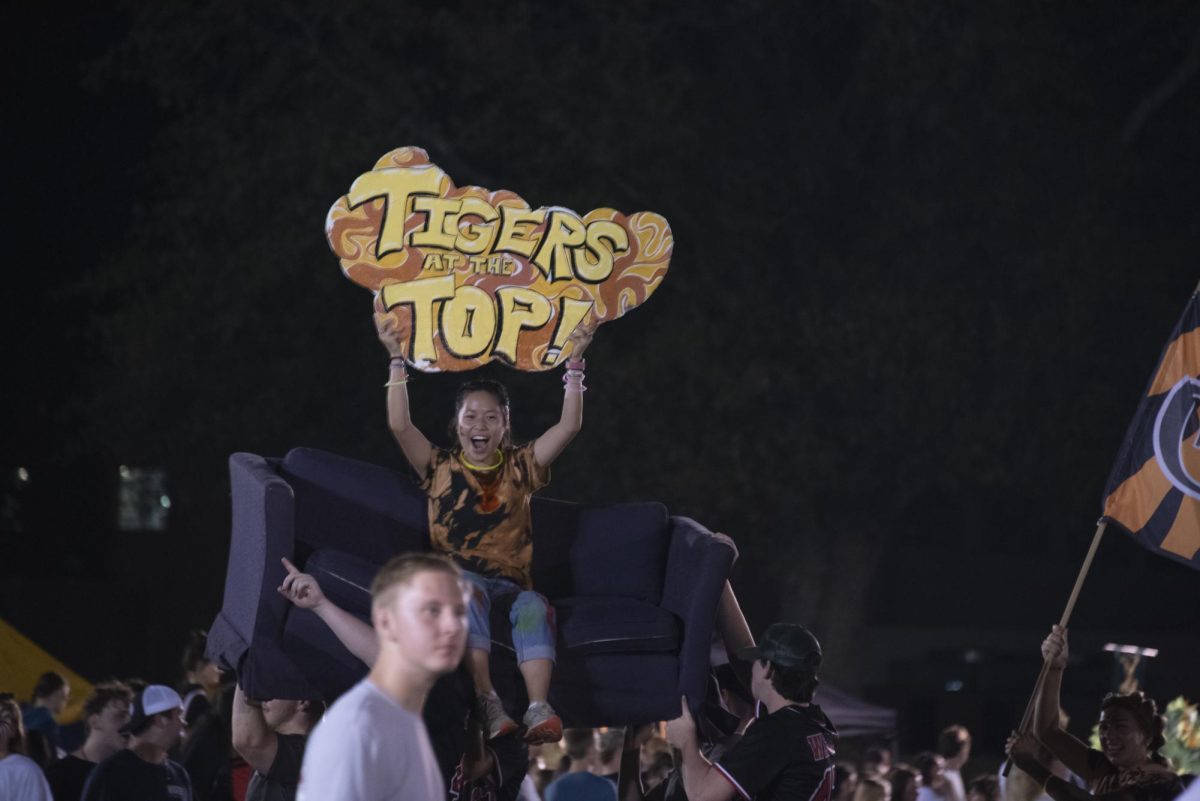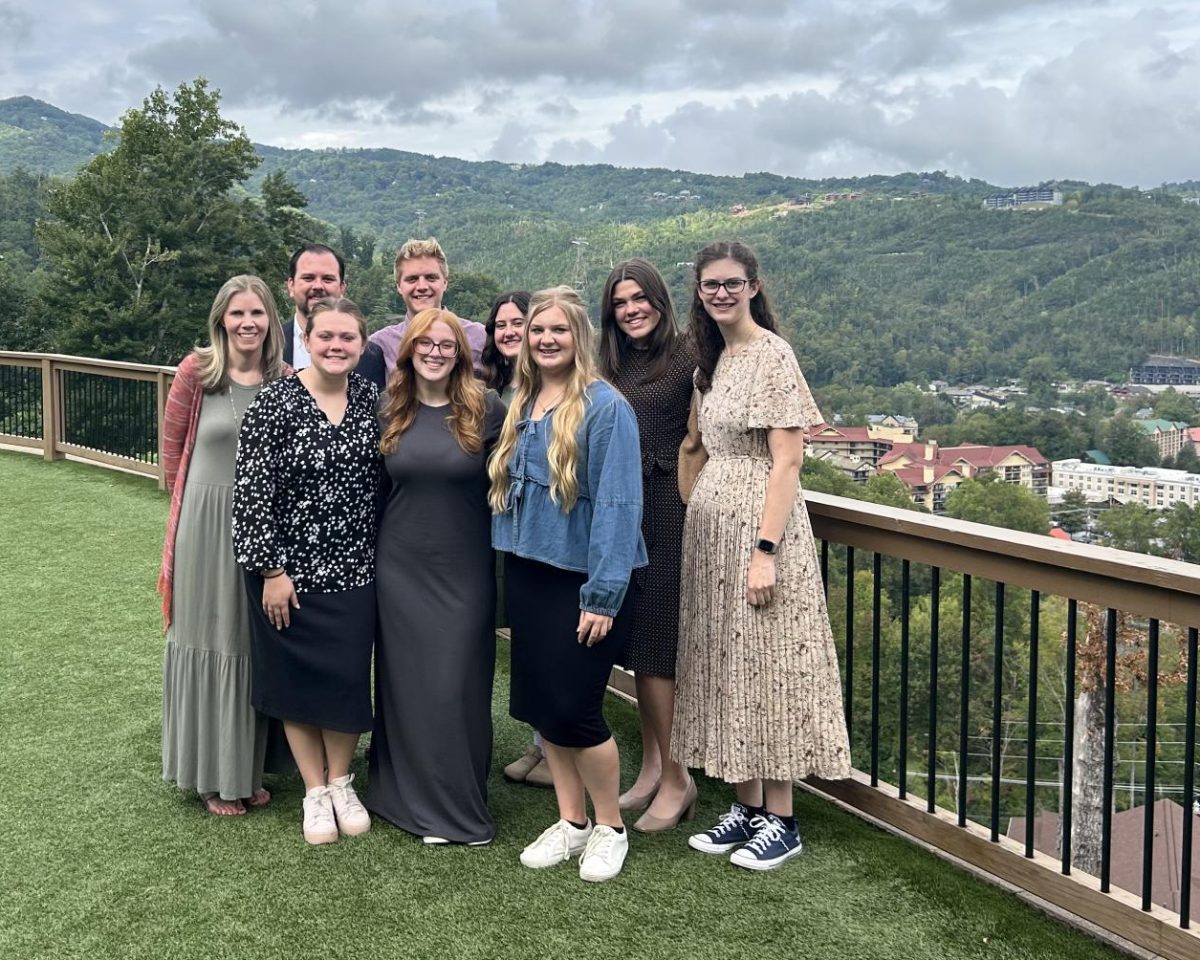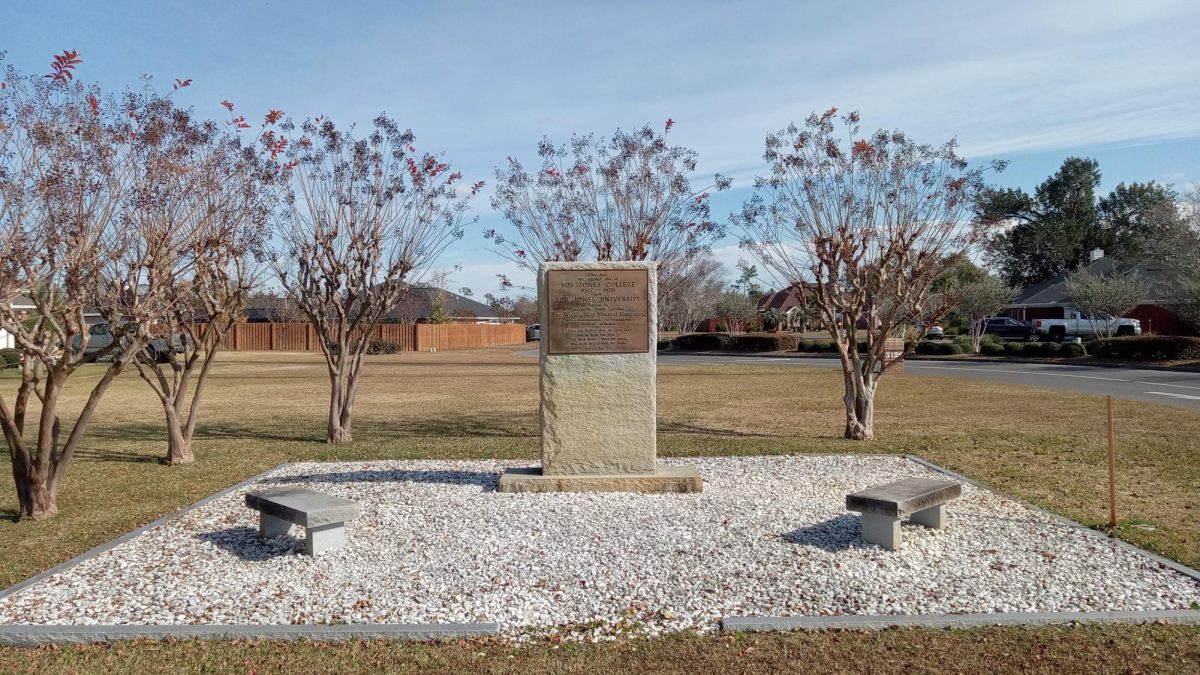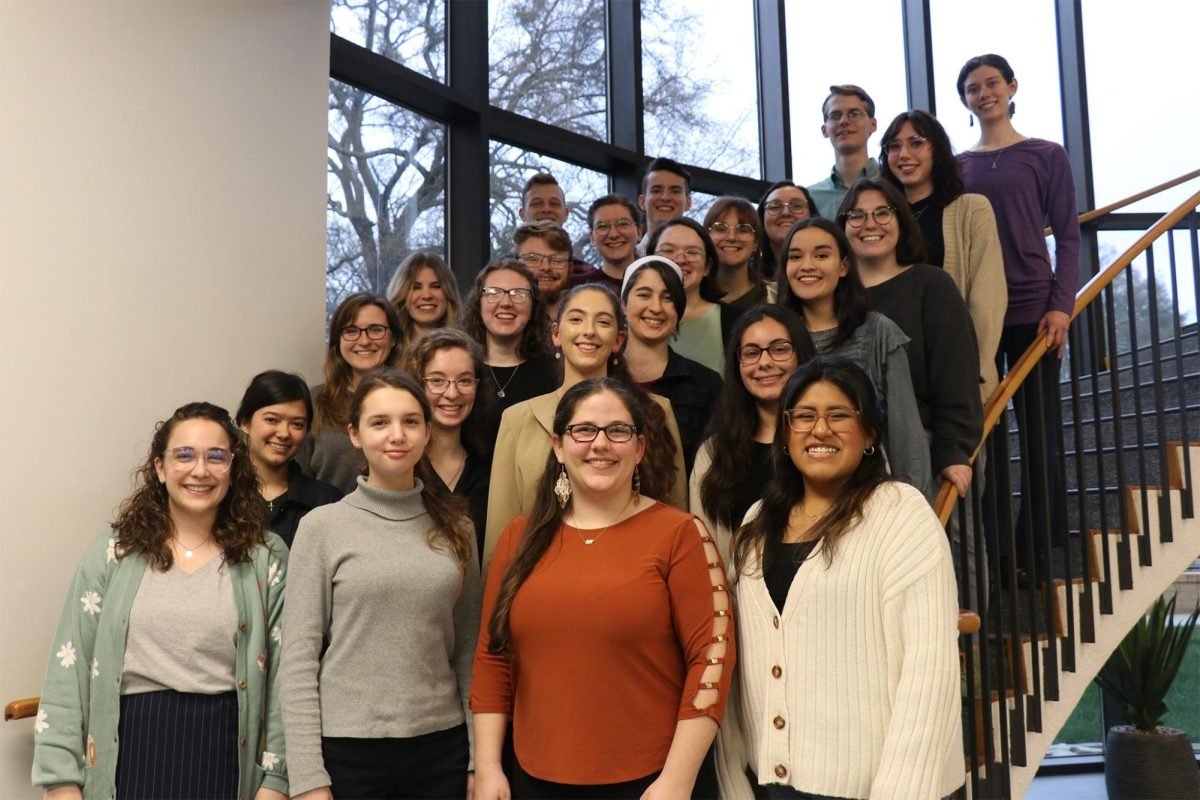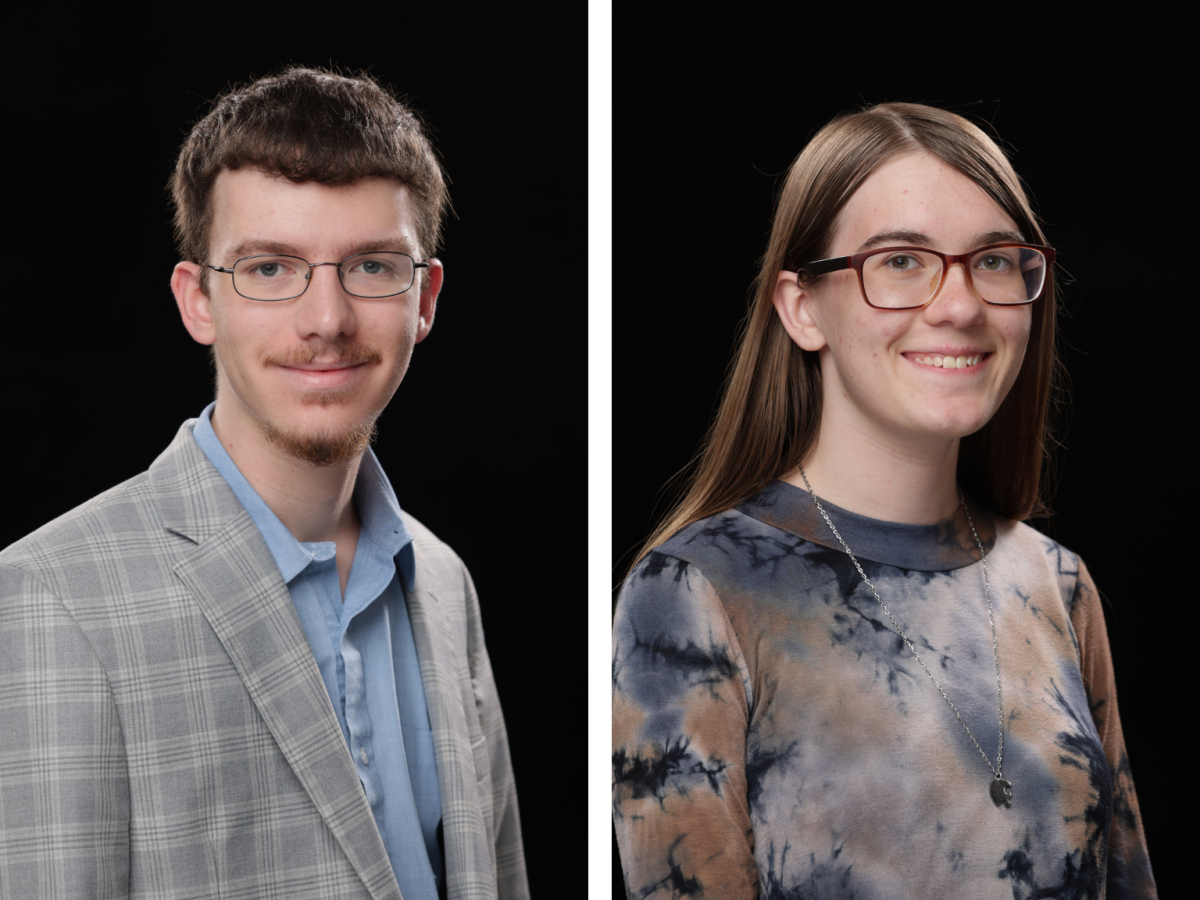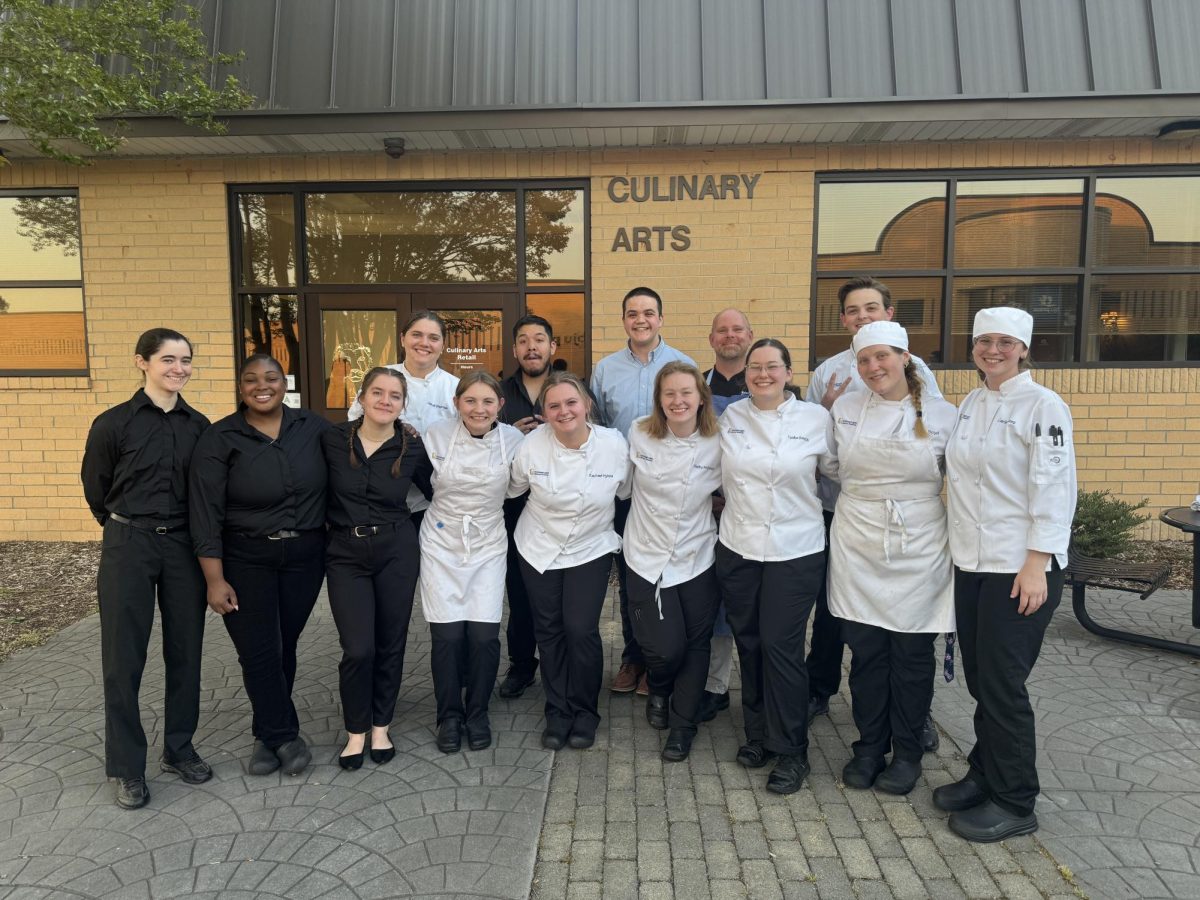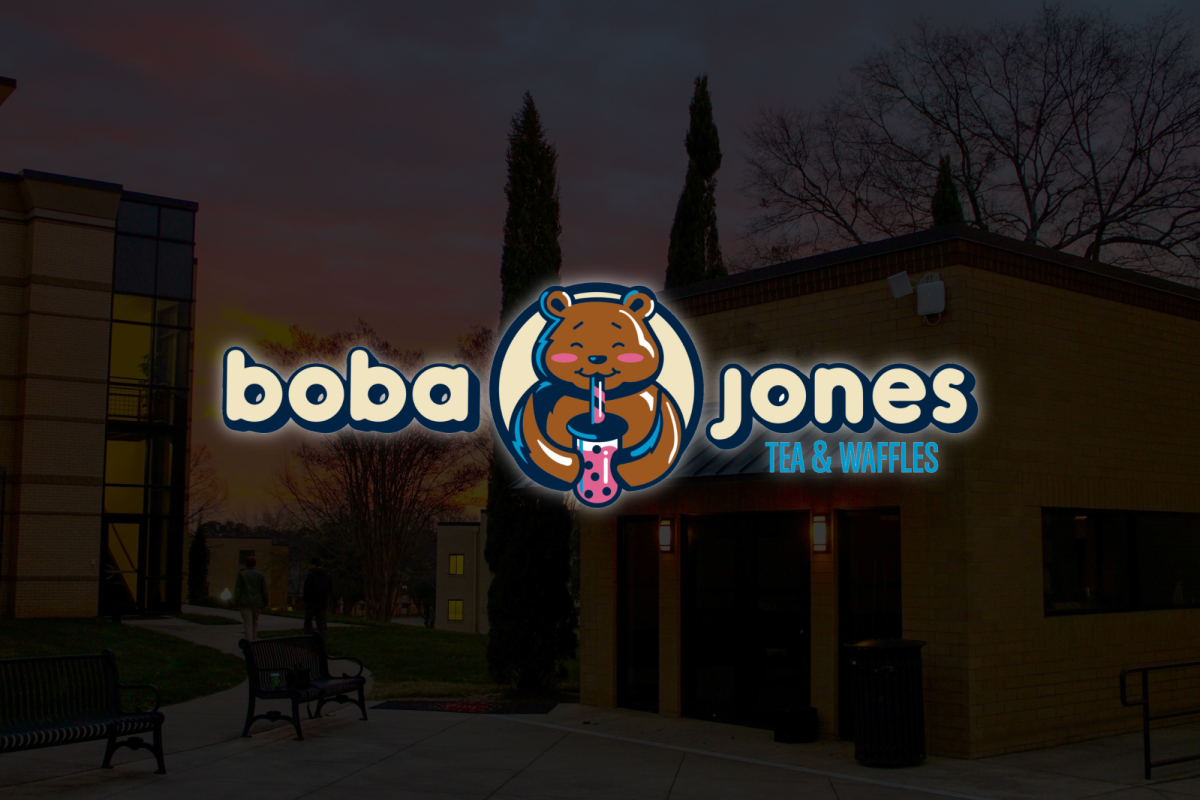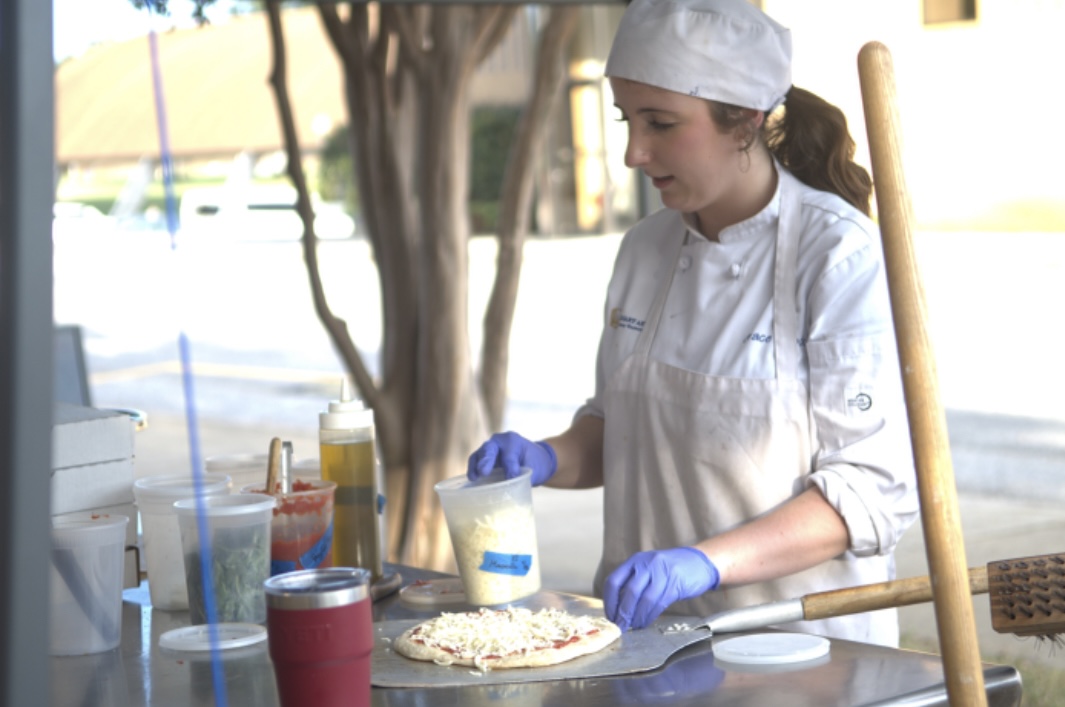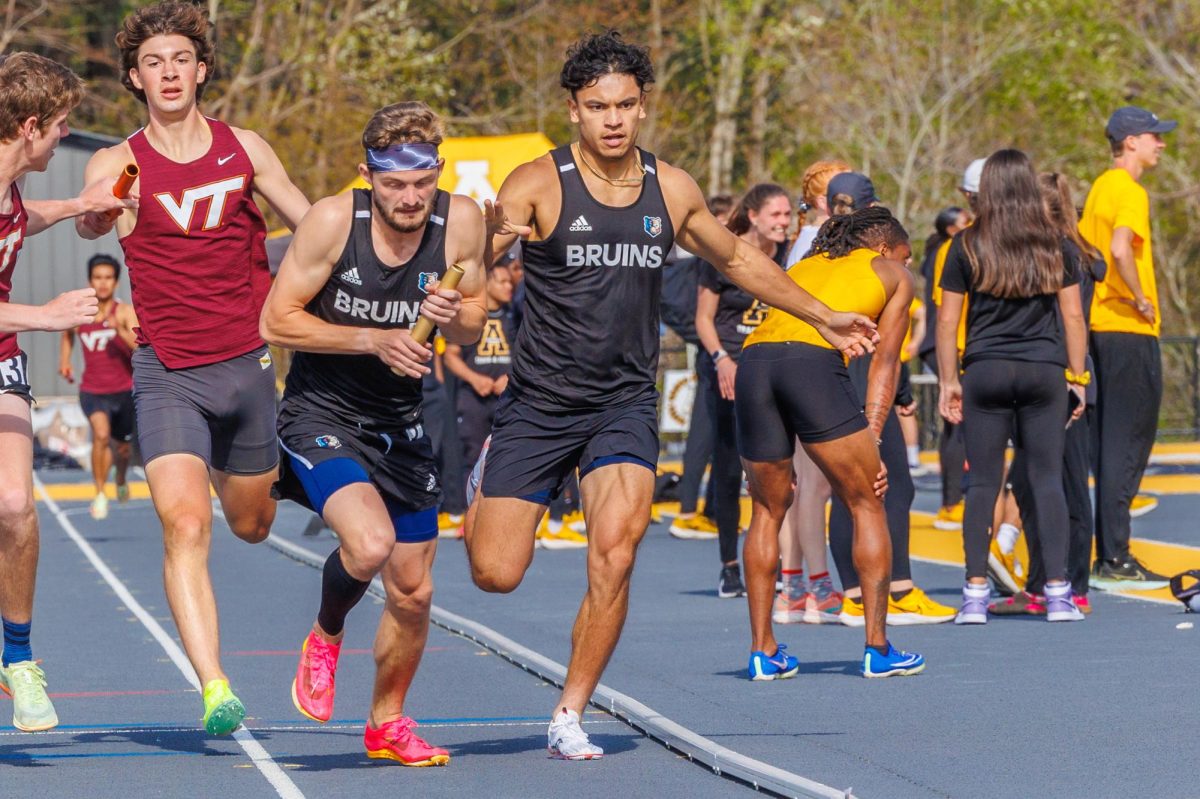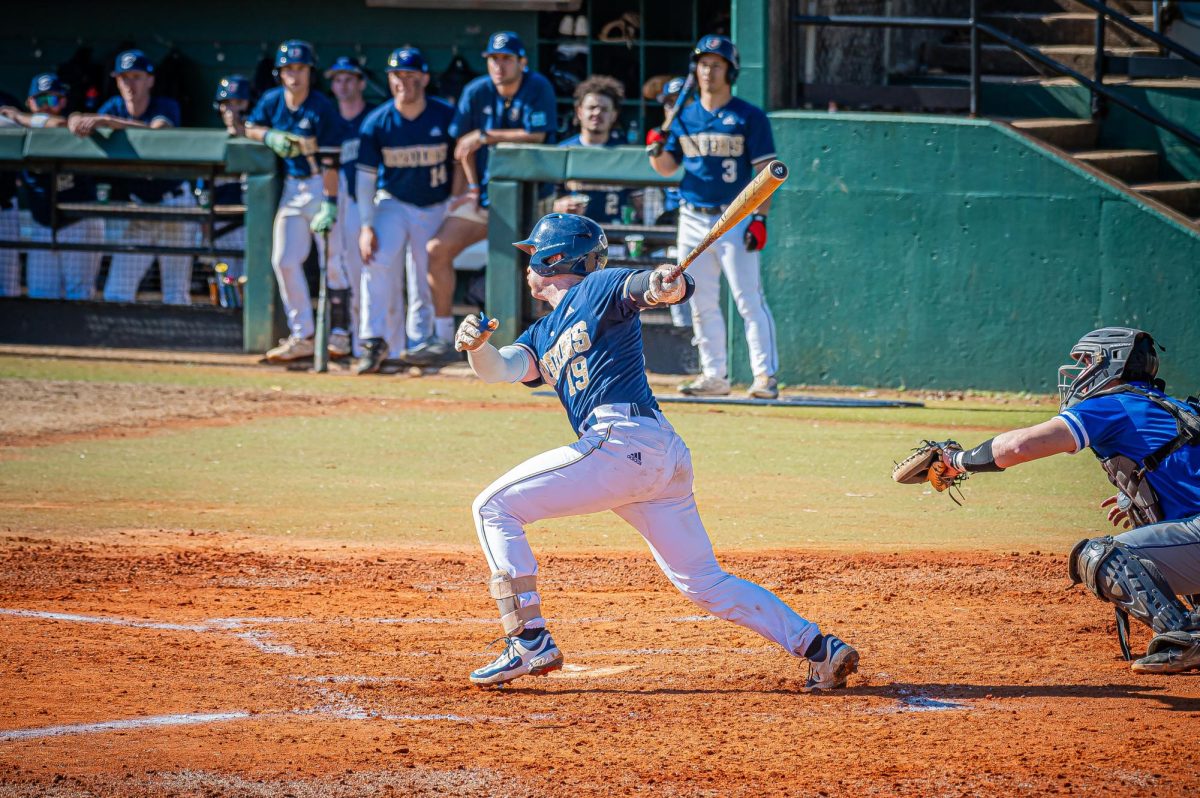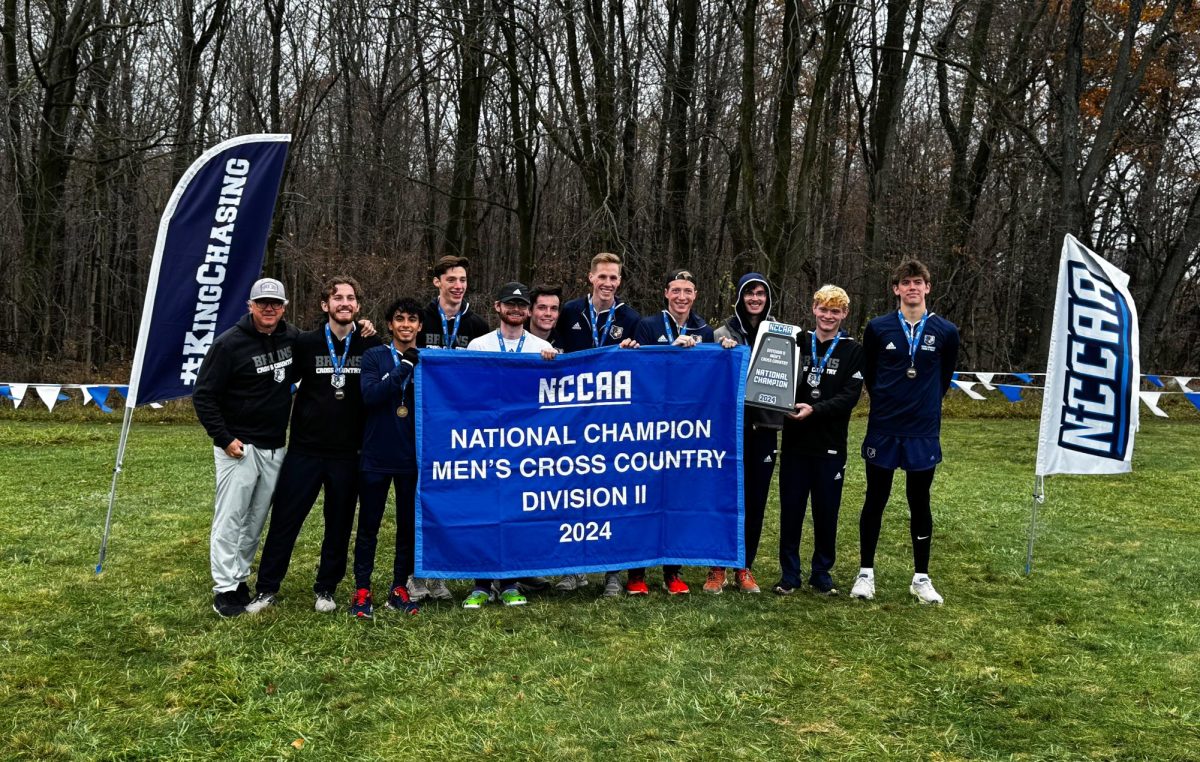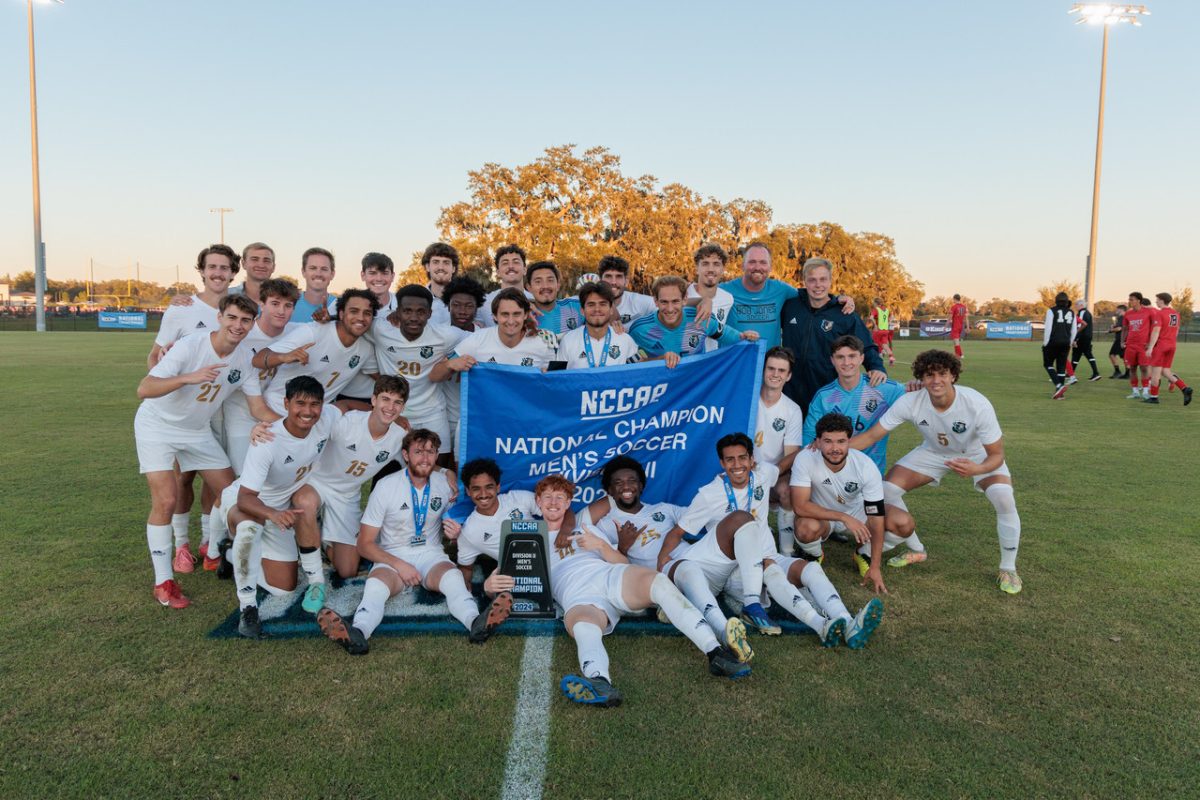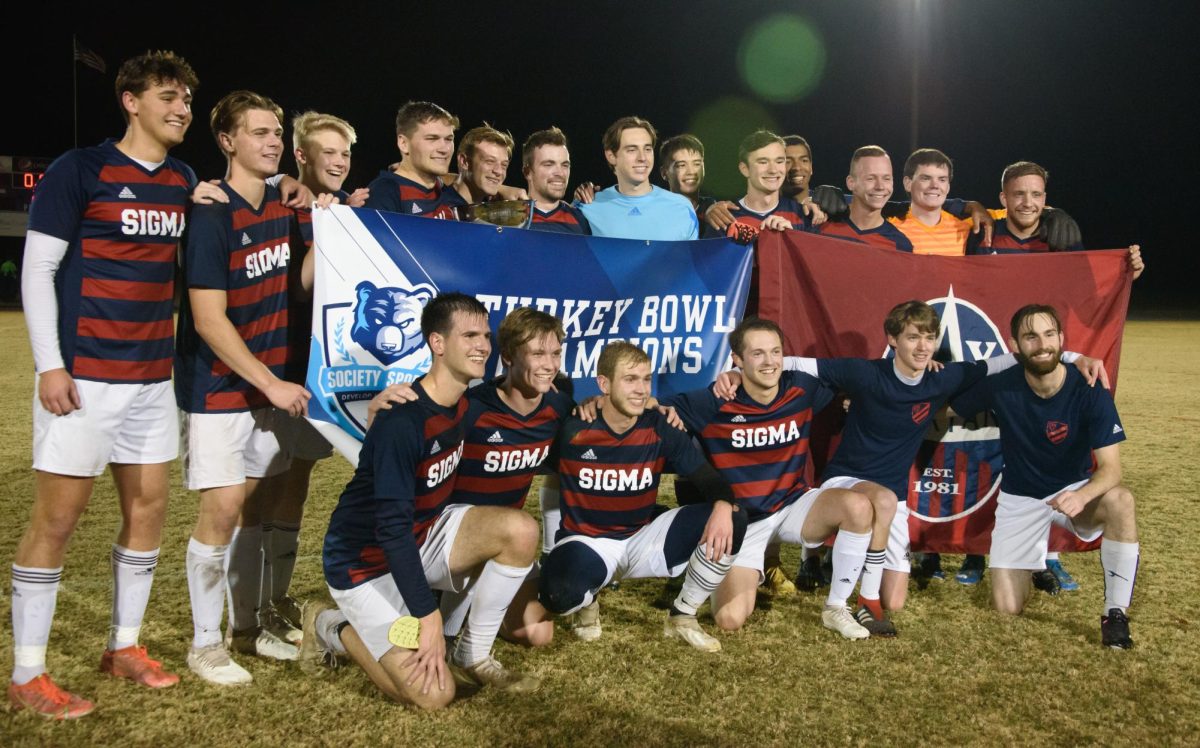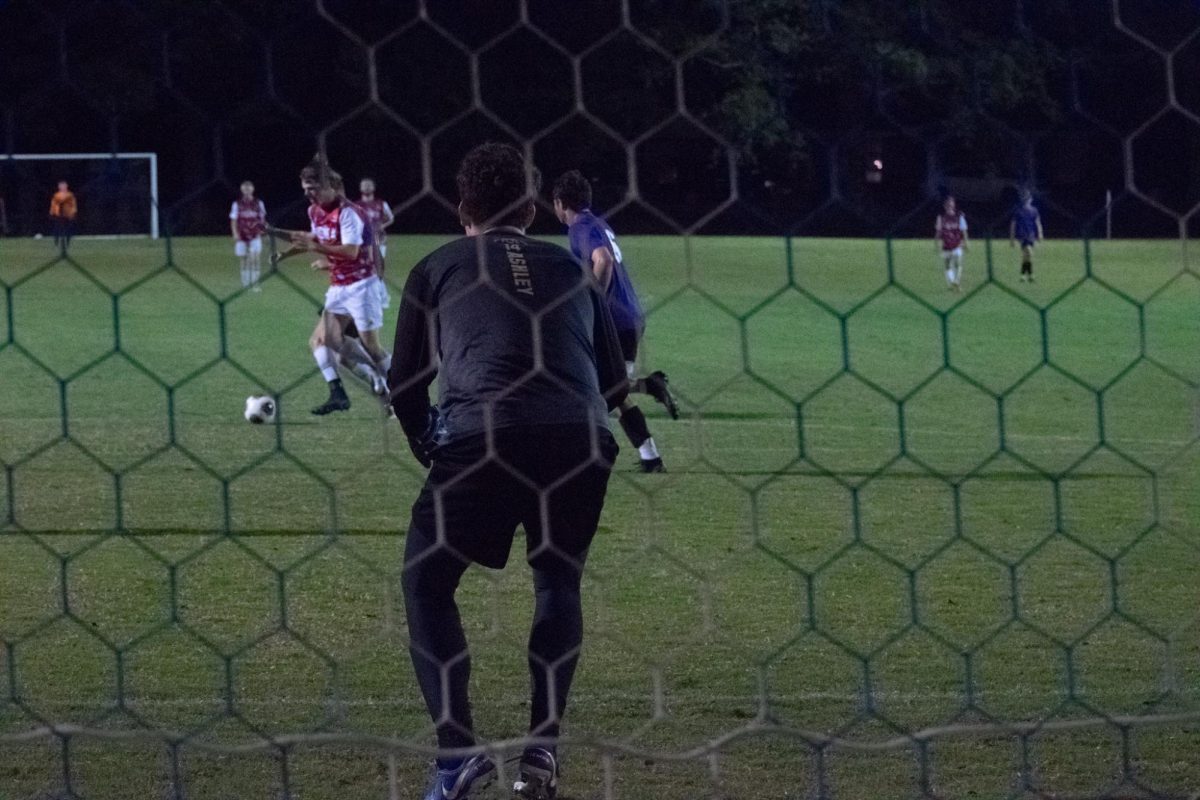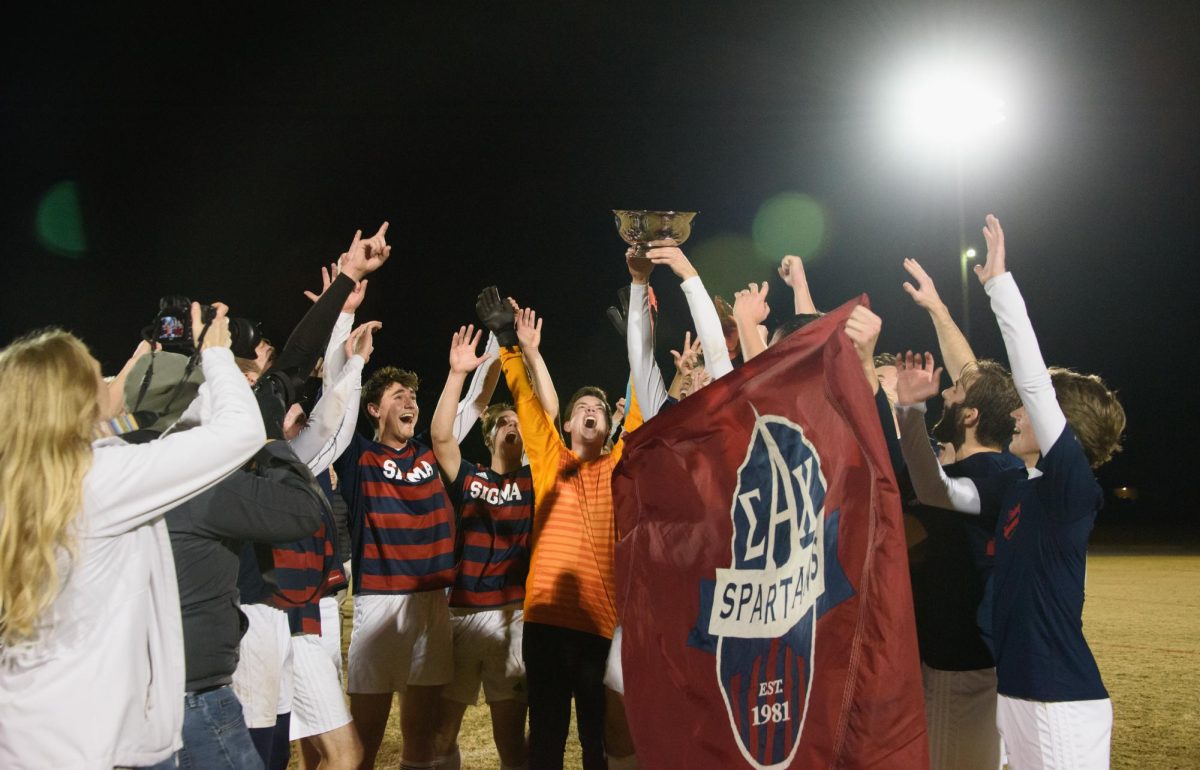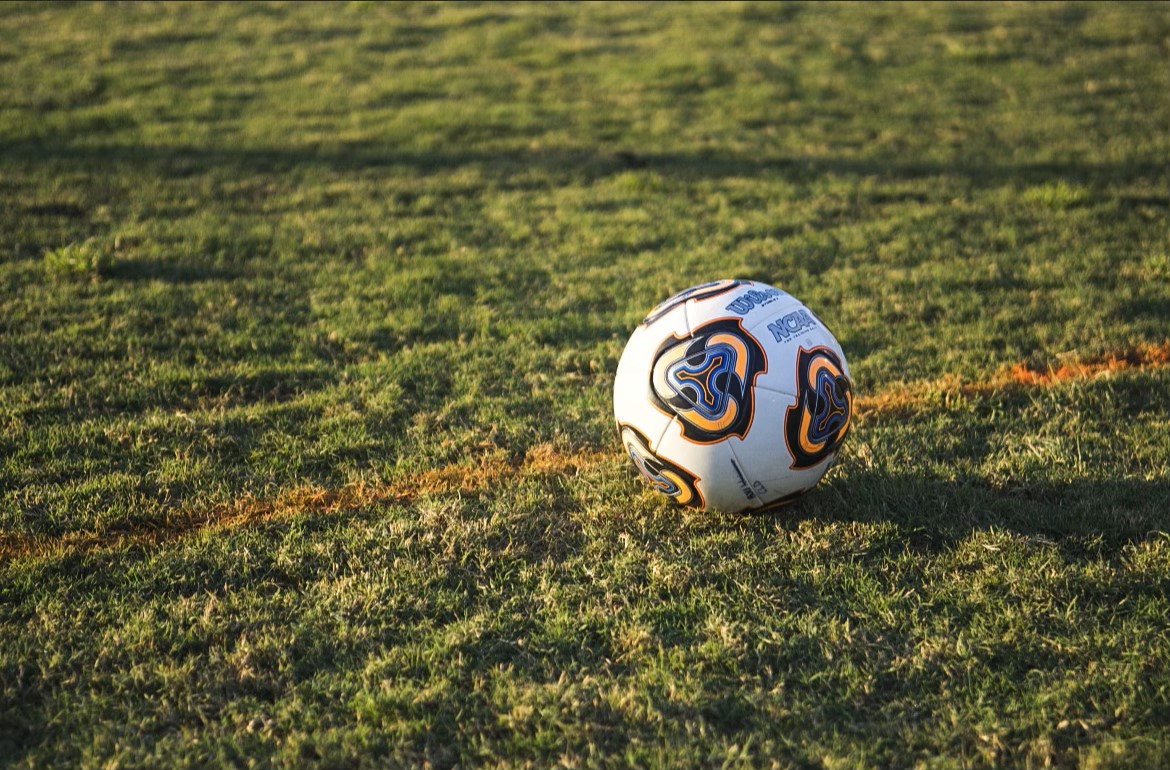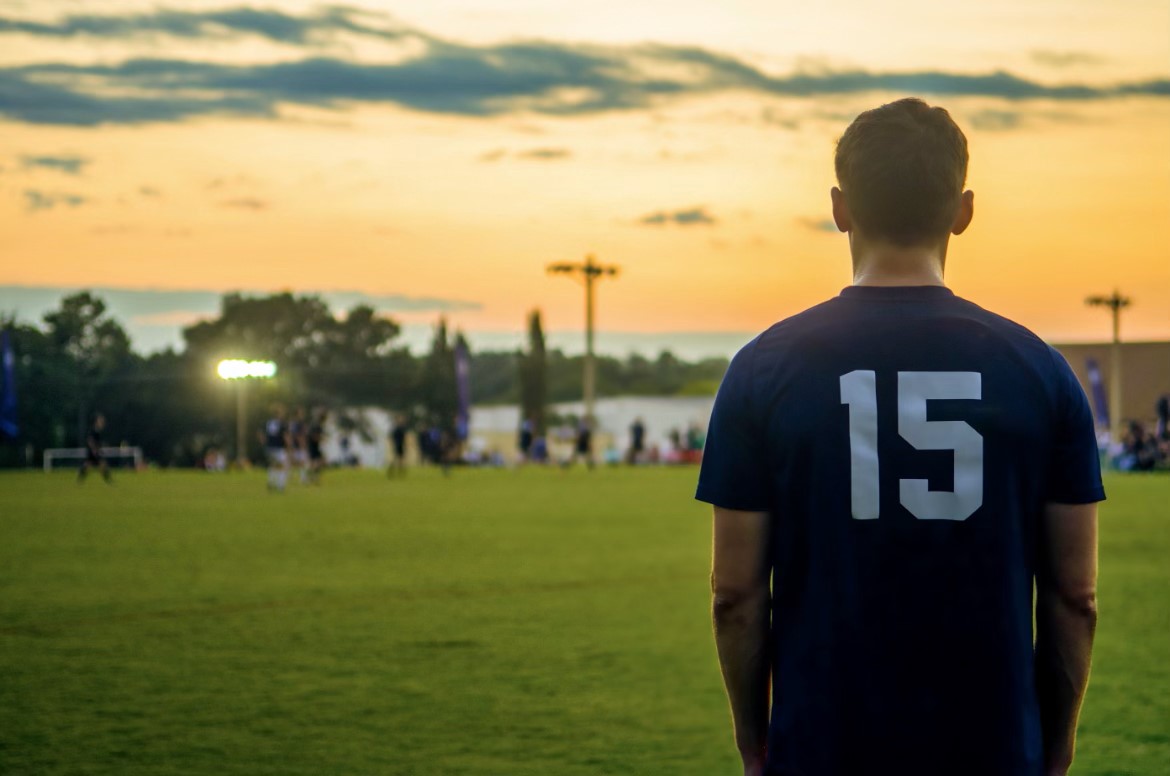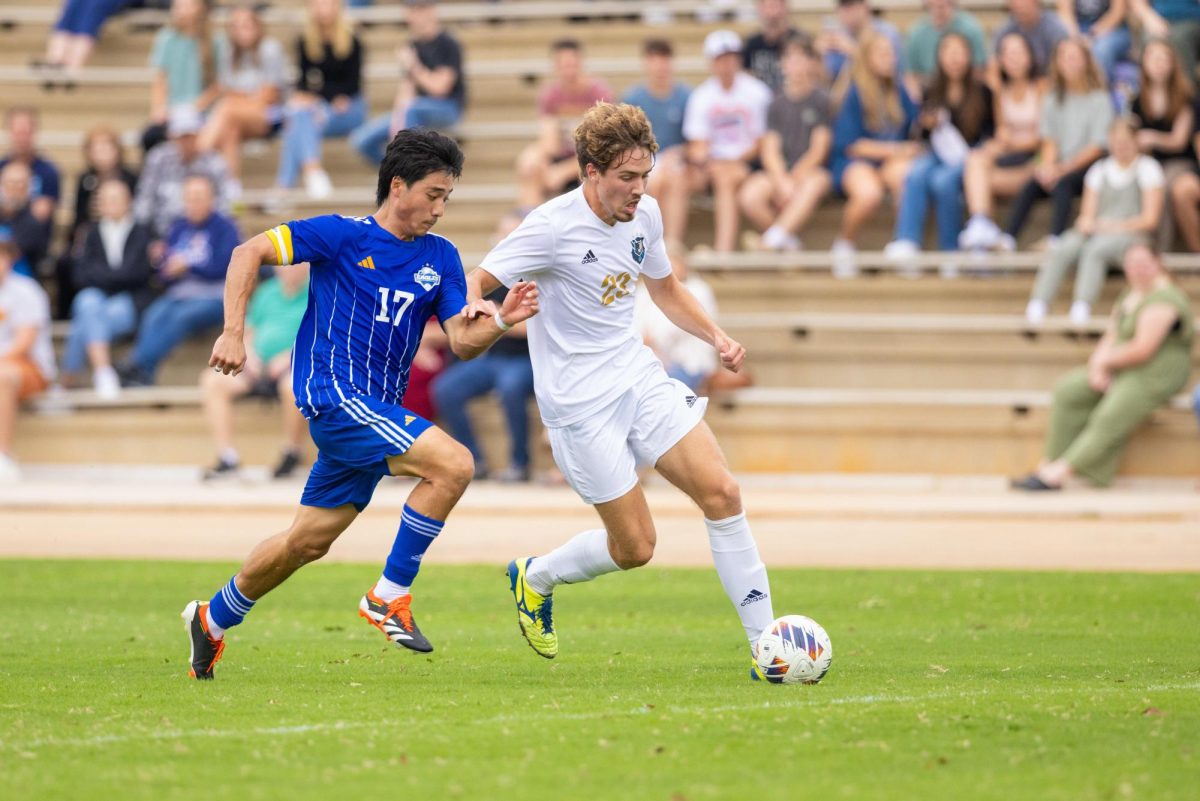“No one can do everything, but everyone can do something.” – author unknown
To BJU students who are on the campus for four years of undergraduate education, BJU’s campus has always looked the same. But to many alumni, faculty, staff and graduate students — those who have been around a while — campus looks much different from the first time they laid eyes on it.
Throughout the years, the BJU campus has experienced a lot of change, including a new look on front campus, a new and improved Rodeheaver Auditorium, a new Dixon-McKenzie Dining Common and so much more.
But these changes were not financed through the University’s budget alone. These changes came about through the generosity of students, past and present, as well as families, faculty and staff and alumni who gave to help make campus a better place. Their donations were what helped finance many of the improvement projects over the years. People gave regardless of whether they would be able to experience the changes on campus. They gave for others — for future generations of students at BJU.
“All of [these changes] had a purpose,” said Dr. Roy Barton, former CFO now employed in the University’s Office of Advancement.
According to a Collegian article written by Kris Malila in 1996, Barge Memorial Hospital was the first building to be built as a Bible Conference fundraiser project in 1969. The building took two years of construction before it was finally finished. After Barge Memorial Hospital, the next building to be built with the help of Bible Conference funds was the Founder’s Memorial Amphitorium, a well-known place to any BJU student. The amphitorium was constructed in 1973 and later had new sound systems installed in 1994 thanks to another Bible Conference offering.
And the changes kept coming. Through various donations and Bible Conference offerings and fundraisers, the campus kept improving.
Not all Bible Conference fundraiser projects focused on the appearance of the University. Several fundraiser projects were set up to help both the student body and faculty and staff. In 1981, students and visitors gave towards a bonus for faculty and staff, while faculty and staff gave towards the Student Loan Fund to help students in need of financial assistance.
For Barton, the most memorable Bible Conference fundraiser project was the reconstruction of Rodeheaver Auditorium. The auditorium had been built without air conditioning and had a ventilation system that left its occupants “wet with sweat because of the humidity,” Barton said.
Rodeheaver Auditorium was soon modernized. The comfortable seats students now enjoy were not there when Dr. Barton attended artist series in the auditorium. Instead the seats were wooden with no cushions. The air-conditioned building was a huge improvement to the old auditorium.
For Mr. Kyle Wilcox, executive assistant to Dr. Stephen Jones, although fundraising for the renovation of the Dixon-McKenzie Dining Common took place during the four years of his graduate career, his most memorable Bible Conference fundraiser project was for the renovating of the University’s front campus area.
So much of what we have on campus today came about because of people who were willing to look past the immediate to impact lives in the future.
The new Bible Conference fundraiser project to renovate the Campus Store and build a more comfortable environment for students gives current students the opportunity to do what other have done before them: give towards something that will benefit students at the University for years to come.

